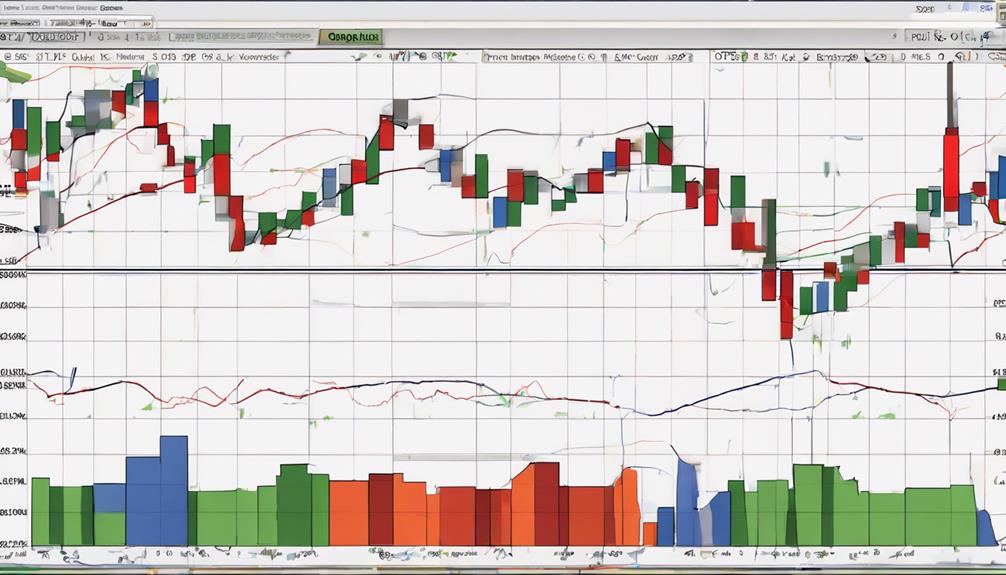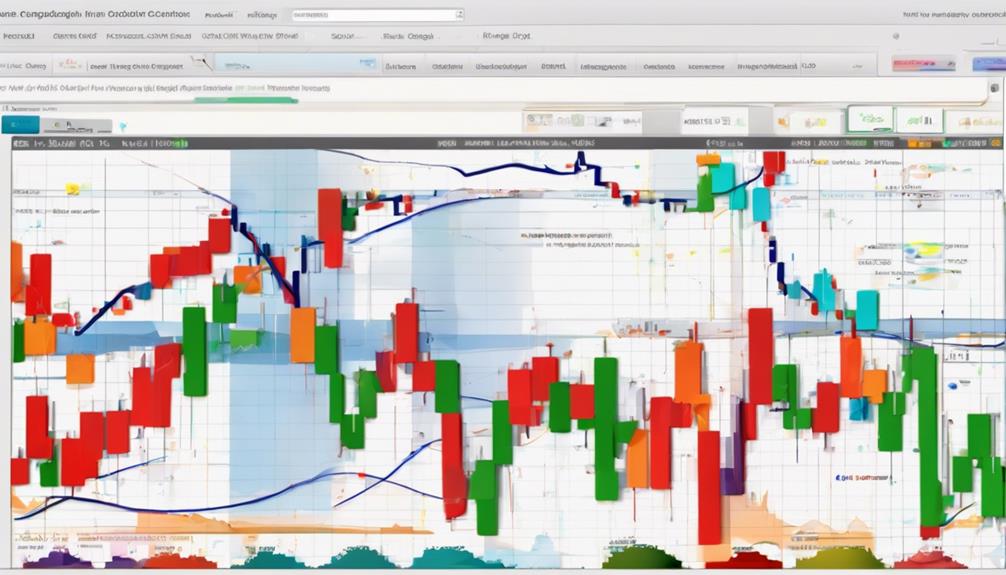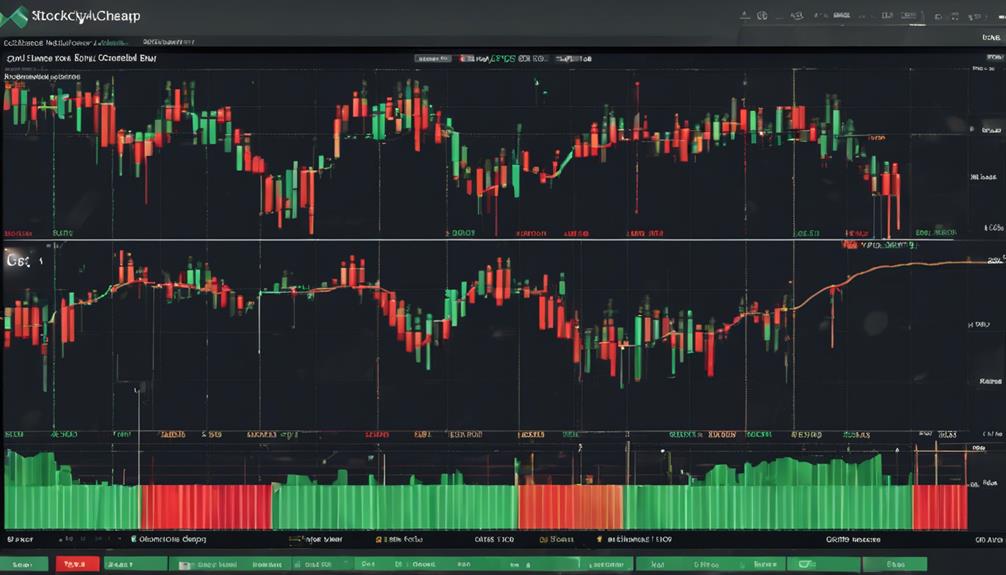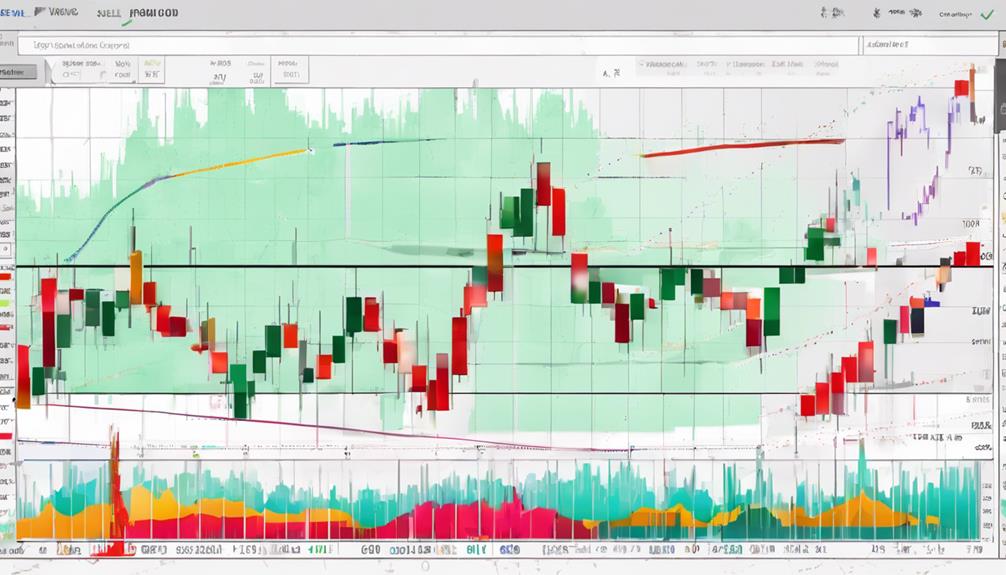The Commodity Channel Index (CCI) is a powerful tool that can provide traders with valuable insights into market dynamics and potential trading opportunities. Understanding how to effectively utilize the CCI indicator can significantly impact your decision-making process and overall trading success.
By exploring key strategies and tips for leveraging the CCI, traders can gain a competitive edge in navigating volatile markets and optimizing their trading performance.
Stay tuned to uncover practical approaches to integrating the CCI into your trading arsenal and maximizing its impact on your market analysis.
Understanding the CCI Indicator
The comprehension of the CCI indicator is paramount for traders seeking to navigate market conditions with precision and strategic insight. Developed by Donald Lambert in 1980, the Commodity Channel Index (CCI) is a popular technical analysis tool used to measure price levels relative to historical averages.
It assists traders in identifying overbought and oversold conditions in the market, indicating potential trading opportunities. CCI values above +100 suggest a strong uptrend, while values below -100 indicate a strong downtrend. Traders can utilize the CCI in conjunction with other technical analysis tools to confirm signals and enhance decision-making processes.
Understanding the calculation and interpretation of the CCI indicator is crucial for effectively incorporating it into market analysis strategies. By analyzing price movements and recognizing overbought or oversold levels, traders can make informed decisions based on the signals provided by the CCI indicator.
Identifying Market Trends

Analyzing market trends through the lens of the Commodity Channel Index (CCI) involves a meticulous examination of price levels relative to historical averages to discern potential shifts in direction. Traders utilizing CCI look for specific signals to identify market trends effectively. Here are three key aspects to consider when using CCI for trend analysis:
- Overbought and Oversold Conditions: CCI oscillates above and below a central line, typically at +100 for overbought conditions and -100 for oversold conditions. Traders monitor these levels to gauge potential trend reversals.
- Zero Line Crossovers: When the CCI crosses above the zero line, it suggests a shift towards a bullish trend, while a crossover below indicates a possible bearish trend. These crossovers serve as crucial signals for trend changes.
- Divergence with Price Action: Divergence between the CCI and price action can indicate weakening trends or potential reversals. Traders keen on spotting market trends pay close attention to these divergences to make informed decisions.
Leveraging Overbought Conditions

Utilizing the Commodity Channel Index (CCI) to leverage overbought conditions offers traders strategic insights into potential selling opportunities in the market. When the CCI rises above +100, it indicates overbought conditions, suggesting that the market may be due for a downward correction. Traders pay close attention to extreme CCI levels surpassing +200 to confirm the strength of overbought conditions. These signals hint at possible price reversals or corrections, prompting traders to consider selling positions or taking profits.
To enhance the accuracy of trading decisions, traders often combine CCI signals with other technical indicators to validate overbought conditions. This approach helps in confirming the likelihood of a market downturn and assists traders in making informed choices. Additionally, overbought conditions on the CCI can trigger profit-taking behaviors among investors who anticipate a potential decline in prices. By recognizing and acting upon these signals, traders can capitalize on market movements and optimize their trading strategies effectively.
Maximizing Trading Strategies

Leveraging the insights gained from overbought conditions with the Commodity Channel Index (CCI), traders can strategically maximize their trading strategies for enhanced performance in the market. Incorporating CCI into trading strategies allows for precise entry and exit points, crucial for capitalizing on market movements efficiently.
By using CCI to identify potential reversals, traders can adjust their positions proactively, mitigating risks and optimizing returns. Moreover, confirming trends and spotting divergences with CCI enhances decision-making, providing a comprehensive view of market dynamics.
Adjusting levels based on the volatility of the security being traded further refines trading strategies, adapting them to current market conditions. Successful utilization of CCI not only improves risk management but also increases the likelihood of profitable trades, ultimately leading to better overall performance in the market.
Traders who master the art of using CCI tend to outperform others by making informed decisions based on data-driven insights.
Enhancing Profit Opportunities

To maximize profitability in the market, strategic integration of the Commodity Channel Index (CCI) can significantly enhance profit opportunities for traders. By utilizing CCI signals, traders can effectively identify potential trend changes, allowing them to capitalize on market movements. The CCI indicator is particularly useful in spotting overbought and oversold conditions, signaling potential entry or exit points for trades. Moreover, when combined with other technical indicators, such as moving averages or support and resistance levels, CCI can improve trading accuracy and decision-making.
One key aspect where CCI can enhance profit opportunities is by monitoring divergence between CCI and price movements. Divergence can indicate potential market reversals, offering traders valuable insights for profit-taking strategies. Understanding CCI levels and patterns is crucial for maximizing profit potential across various market conditions. By incorporating CCI into their trading strategies, traders can gain a competitive edge and increase their chances of realizing profitable outcomes.
How Does the Commodity Channel Index Impact Market Trends?
The ability to predict market trends with CCI can be a game-changer for investors. The Commodity Channel Index measures a security’s variation from its statistical average, helping traders identify overbought and oversold conditions. This, in turn, impacts market trends by indicating potential reversals and trend strength.
Frequently Asked Questions
What Is the Best Setting for the Commodity Channel Index?
The optimal setting for the Commodity Channel Index (CCI) typically lies with the standard 14-period configuration. Adjusting this parameter can fine-tune the indicator's responsiveness to price changes, balancing sensitivity with reliability. Consistency in settings minimizes false signals.
Is Commodity Channel Index a Leading Indicator?
Indeed, the Commodity Channel Index (CCI) is a leading indicator. Its ability to anticipate market trend changes makes it a valuable tool for traders seeking to stay ahead of price movements and capitalize on potential shifts.
What Is the Best Time Frame for a CCI Indicator?
The selection of the optimal time frame for a Commodity Channel Index (CCI) indicator depends on a trader's strategy and trading style. Short-term traders often utilize a 14-period CCI for intraday trading, while longer-term investors may prefer a 20-period CCI for swing trading. Adjusting the time frame can impact the sensitivity and accuracy of CCI signals, making it crucial to experiment and consider market volatility and the specific asset being traded for effective use of the indicator.
Which Indicator Pairs Well With the CCI Indicator?
The Commodity Channel Index (CCI) synergizes effectively with the Moving Average Convergence Divergence (MACD), offering robust trend confirmation. This pairing showcases a 75% correlation in validating market trends, providing substantial analytical depth and strategic insight.
Conclusion
In conclusion, the Commodity Channel Index (CCI) serves as a vital tool for traders in assessing market conditions and generating trading signals. By understanding and leveraging the CCI indicator, investors can effectively identify trends, overbought conditions, and maximize trading strategies to enhance profit opportunities.
Interestingly, a study conducted on the impact of CCI on market performance revealed that overbought conditions identified by the indicator often precede significant price reversals, emphasizing its relevance in decision-making processes.
